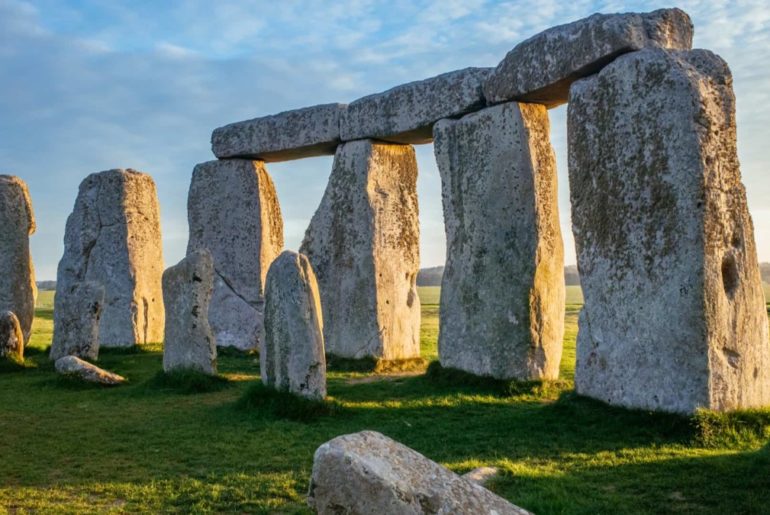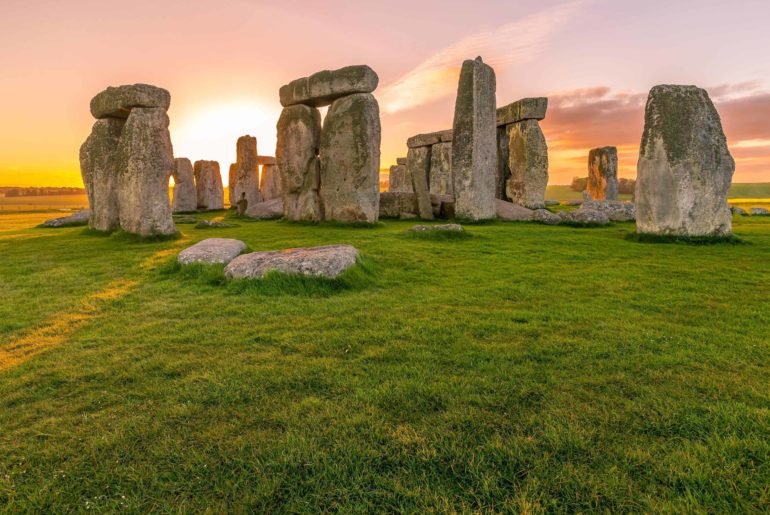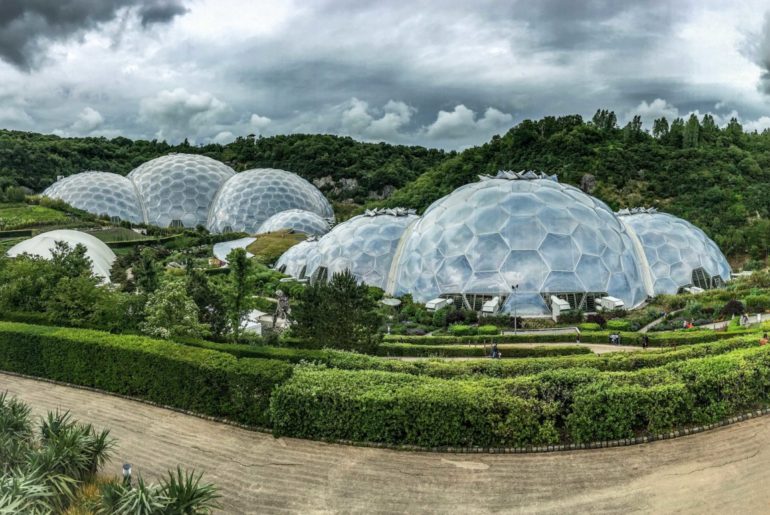London is a city that has it all. You really don’t need to look further than the Great British Capital to get your fill of history. But that doesn’t mean that history buffs should ignore other significant historical sites in Europe.
Whether we like to admit it or not, the events of Europe over the past couple of millennia have dramatically impacted life as we know it today. So, what exactly are the must-see historical sites in Europe? Let’s take a look!
Colosseum, Italy
The Colosseum is a spectacular remnant of the Roman Empire and one of the most photographed historical structures in Rome (and there are plenty more to see in this fantastic capital). Not only is the Colosseum the largest amphitheatre still standing, but it’s also the largest of its kind ever to be built, according to most historians.
Some calculations suggest that this magnificent structure could once accommodate up to 80,000 guests. Animal hunts, mythology-related performances and gladiator battles were once the main draw of the Colosseum.
Today, the building is one of Europe’s most important historical sites and a physical reminder of what was once the world’s most powerful ancient empire.
Anne Frank’s House, Netherlands
Anne Frank’s tale doesn’t have a fairy-tale ending, but it does serve as a stark reminder of what life was like for Europe’s Jewish community during WWII. If you want to see where teenage Anne Frank wrote her diary, you should visit her house in Amsterdam.
Your emotions will run high as you tour the house that once sheltered a family of Jewish people in hiding. Still, Anne Frank’s House is undoubtedly one of Europe’s most important sites of modern history.
Stonehenge, UK
Much of Europe’s history is well-documented. On the other hand, some of it is barely understood. Most archaeologists agree that Stonehenge is at least 5,000 years old.
However, whether this monument served as a pagan prayer site, burial mound, or something completely different is still up for debate. Stonehenge is one of the world’s best-preserved prehistoric monuments. Want to find out more about this mysterious site? Book one of our guided tours.
Lascaux, France
They say art allows us to communicate with future generations, and that’s certainly the case with Lascaux. Located in the caves of the Vézère Valley in Dordogne, the Lascaux is often described as the cradle of human art.
Over 500 wall paintings line the walls of these caves. Even more impressive is that some of these images were painted around 20,000 years ago.
Unfortunately, for the protection of the paintings, you can no longer visit the original site. You can, however, observe indistinguishable reproductions at the nearby Lascaux II.
Acropolis, Greece
Acropolis is the site of an ancient citadel located on a rocky outcrop overlooking Athens. This is where visual arts, philosophy, architecture and modern democracy flourished around 500 BC. It’s often touted as one of the most precious and important historic sites in all of Europe
You’ll understand why when you tour the ruins of monuments such as the Parthenon, the Propylaea and the Temple of Athena Nike. If you plan a trip to Athens, make sure you visit the Acropolis.
For the best ways to explore the UK’s historical sites, make sure you take a look at our fantastic day tours from London. You’ll find precious historical destinations like Windsor Castle, Stonehenge, and Blenheim Palace at your fingertips.






